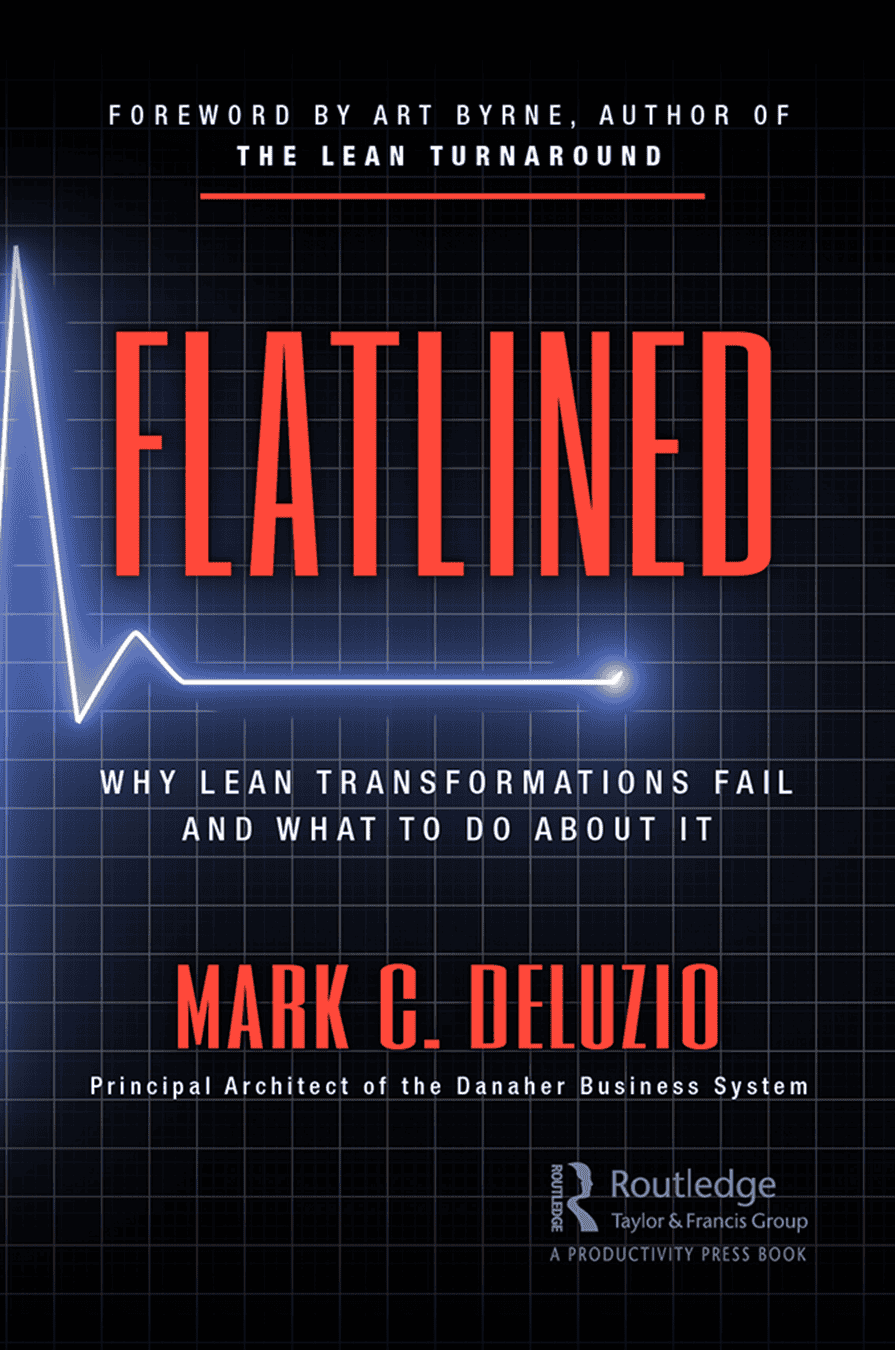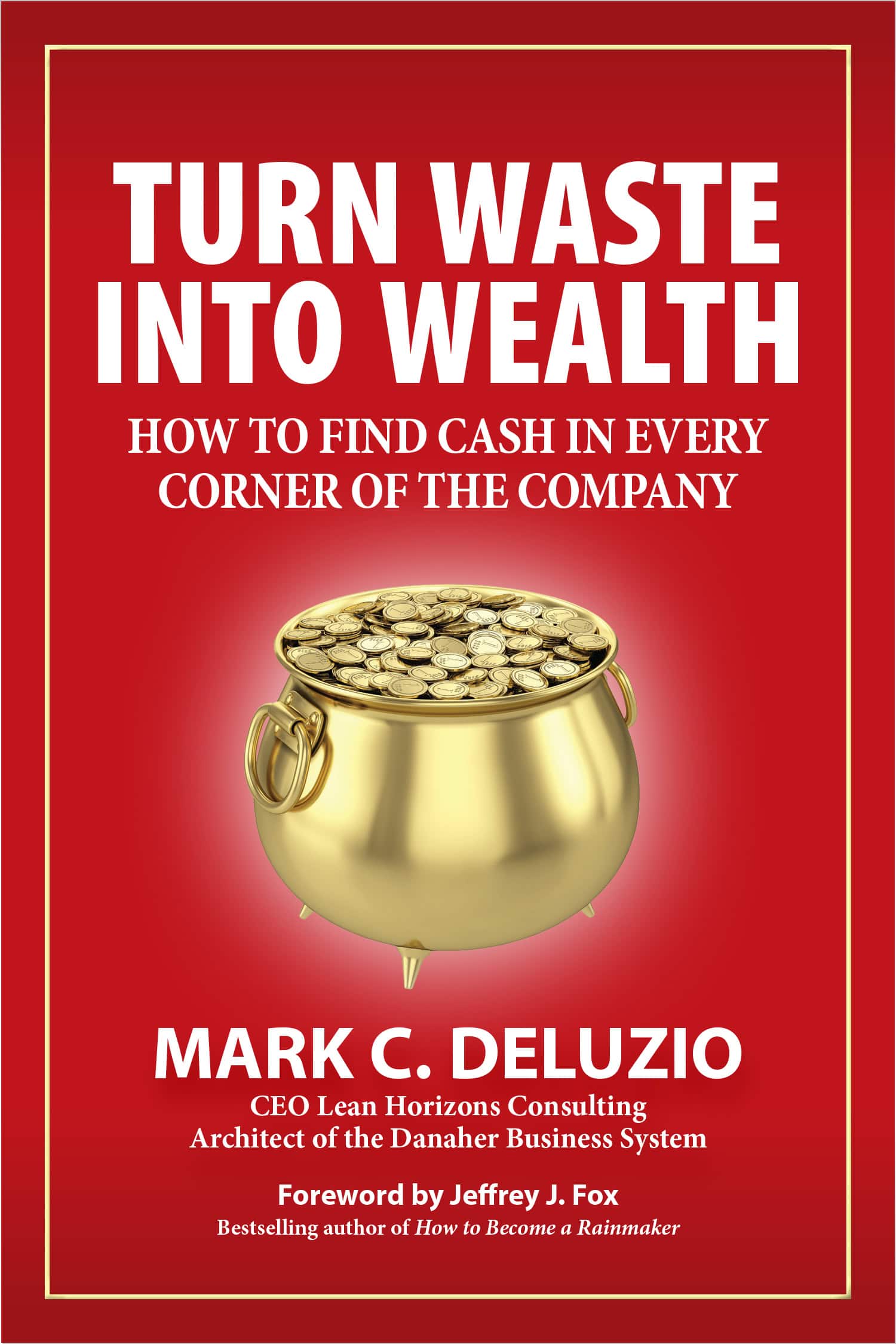Is there a Hospital which continually strives for WASTE reduction?
There appears to be a hospital in India, which seems to know the answer to this question.
That’s Aravind Eye Hospital in India. When you walk in here and visit the hospital without an appointment, you get your diagnosis the same day and when you want a surgery you are asked: When would you like your surgery? Tomorrow?
They probably have a lot of overcapacity? This, however, is not the case. Their mission is as follows: “a social organisation committed to the goal of elimination of needless blindness through comprehensive eye care services”. They operate mostly poor people. Furthermore, people can decide for themselves how much money they can pay for their surgery. 60% of their patients are not able to pay and get the surgery for free. The other 40% have more money and take care of the other 60%. In this way they are able to achieve their mission.
At their location called Madurai, they performed 581.000 outpatient consultations and 91.000 surgeries in 2008. For comparison, the largest eye hospital in the Netherlands is in Rotterdam and performed 139.000 outpatient consultations and 12.600 operations that year. International benchmarks show they can compete with Western hospitals. They provide excellent quality.
“In that case, they probably have more staff?” The same international benchmarks show that they need significantly fewer people to provide the same quality and to realise an even better flow. In Madurai Aravind 983 people work, including 46 senior doctors and 94 junior doctors. In contrast, 313 people, including 29 senior doctors, work in the eye hospital in Rotterdam. While Aravind carries out seven times more operations.
Standardization
- Standardization at the highest level: everyone performs the same actions in the same manner. Individual preferences are subordinate to the interests of the whole.
- Far-reaching task delegation: specialists are only doing specialist work. A cataract operation takes five to ten minutes (this varies indeed per surgeon). A specialist operates 60 patients in one morning.
- Processes are being improved step by step and this refinement process continues. They reduced the time between the end of an operation and the start of the next operation to only a few seconds.
Plan, Do, Check & Act
- Strong Planning: from previous experience (numbers) they try and work out how many patients will come at what month and at what day of the week. They prepare for this by increasing capacity at busy days.
- Excellent feedback loop through Visual Controls: the planning processes are designed in such a way that it is immediately visible when demand is greater than predicted at a moment in time. The employee who sees this gives a signal to people from other departments who are asked to come and help immediately.
Agility
- Team Work and Leadership Alignment : people need to work together to ensure that the patients gets what he needs. Not self-interest, not their own department, but demand determines who works at what place (according to knowledge and skills).
AEH is committed to work constantly using the lean principles to reduce the waiting time and enhance the throughput of the Hospital. “AEH is open to adopt technology that allows us to increase the productivity,” says Dr S Aravind, Administrator, AEH.
Like many other countries, cost is the biggest barrier to medical treatment in India. Of the 22.5 million Indians in need of heart surgery annually, less than 3.5 percent can afford it. The ripple effects are enormous: when a poor family loses its primary breadwinner, the whole family is made destitute. In other words, affordability of healthcare is a pre-requisite for emerging out of poverty. But less than 15 percent of Indians have access to health insurance, including the 2 percent that can afford private insurance.
The Aravind Eye Care System and Narayana Hrudalaya
It’s the Toyota of eye care. Despite treating seven out of 10 patients for free or at minimal charges (it screens 2 million patients and performs 2.7 lakh surgeries a year), Aravind Eye Care System operates on a 40% profit margin. How? Thanks to big and small improvement. It has reduced the time of surgery for each surgeon by using paramedical staff for the preparatory and post-operative work on each patient, and allowing the surgeons to perform only a 10-20 minute long surgery. Operation theatres are equipped with two tables so that the doctor can perform two surgeries without a loss in momentum. It also manufactures in-house intra-ocular lenses, driving their cost down from $100 to $2-3 apiece. Says Dr. Namperumalsamy, Director, Aravind: “Innovation need not be some big discovery-any small change like time management that helps to serve patients better is innovation.” Aravind’s patients will more than agree.
If Aravind eye is the Toyota of eye care, then Narayana Hrudayalaya is the Wal-Mart of cardiac care.
The Dr Devi Shetty-founded hospital performs 23-25 heart surgeries a day-one of the largest in Asia-simply because it has restricted the surgeon’s job only to surgery and not the entire patient process.
Such “Wal-Martisation of healthcare”, as the hospital executives describe the strategy, has enabled Dr Shetty to offer heart surgeries at a cost as low as Rs 65,000 ($1480) compared to Rs 1.50 lakh ($3400) at other hospitals-and that despite offering 70 per cent of the treatments below cost or for free.
There’s always a better way, the only challenge is to find it or to create a new one.

